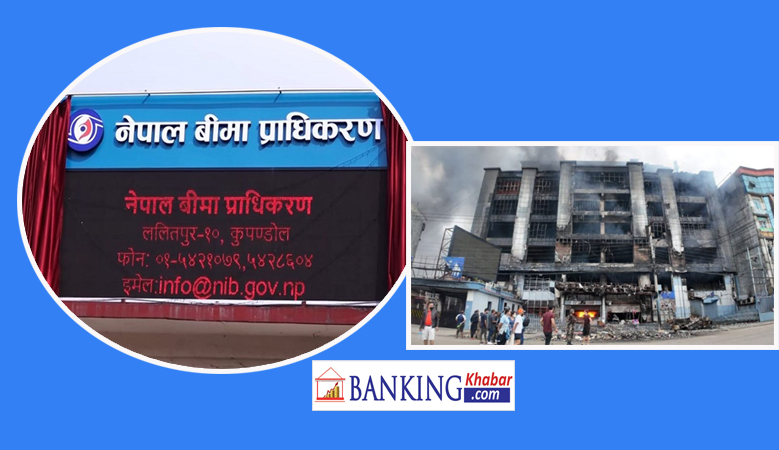 Banking Khabar / Today’s generation commonly known as Gen Z is deeply connected to digital technology, social media, and global information. Yet, when it comes to financial literacy, banking systems, investments, and entrepreneurship, many youths still lack the fundamentals. Banking knowledge is not only about earning money but also about saving, investing, and planning for the future. Here are seven essential topics Gen Z must understand:
Banking Khabar / Today’s generation commonly known as Gen Z is deeply connected to digital technology, social media, and global information. Yet, when it comes to financial literacy, banking systems, investments, and entrepreneurship, many youths still lack the fundamentals. Banking knowledge is not only about earning money but also about saving, investing, and planning for the future. Here are seven essential topics Gen Z must understand:
1. What is Banking and Finance?
It covers savings, loans, payments, investments, insurance, shares, and capital markets. A bank collects deposits from the public and provides loans to businesses and industries, making it the backbone of the economy.
2. Types of Banks in Nepal
Commercial Banks – large, nationwide, and handle international trade.
Development Banks – support regional businesses and entrepreneurship.
Finance Companies– provide limited services like small loans and deposits.
Microfinance Institutions – focus on rural, marginalized communities, promoting empowerment and self-reliance.
3. Interest Rates and Corridor System
Interest is the cost of borrowing and the reward for saving. Nepal Rastra Bank (NRB) regulates rates through a monetary corridor to control inflation, ensure liquidity balance, and prevent banks from charging arbitrary rates.
4. Entrepreneurship and Loans
With limited government jobs, startups and self-employment are vital. Banks provide youth, agriculture, and returnee migrant loans to encourage entrepreneurship. The key is having a practical business plan and maintaining financial discipline.
5. Startups
Startups are innovative, high-potential but risky businesses commonly in e-commerce, digital payments, agri-tech, edu-tech, and tourism. While banks hesitate due to risks, government funds and grants aim to support them.
6. Investment, Profit & Risk
Investment means spending today for future gains. Profit occurs when income exceeds expenses; loss when the reverse happens. Gen Z must understand that higher returns come with higher risks and that diversifying investments reduces exposure.
7. Central Bank & Banking System
Nepal Rastra Bank, the central bank, regulates monetary policy, controls inflation, stabilizes foreign exchange, supervises banks, and ensures liquidity. Nepal’s banking structure includes the central bank, commercial banks, development banks, finance companies, and microfinance institutions.
Message for Gen Z
-Trust the banking system.
-Use digital and mobile banking wisely.
-Understand legal vs. illegal financial practices.
-Recognize that central bank policies directly affect daily life.
Without financial knowledge, the future remains uncertain. But with banking literacy and entrepreneurial thinking, Gen Z can drive the vision of a prosperous Nepal.



